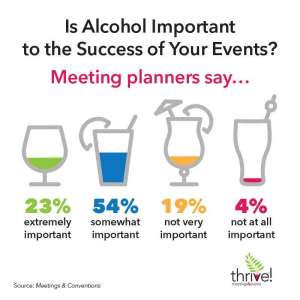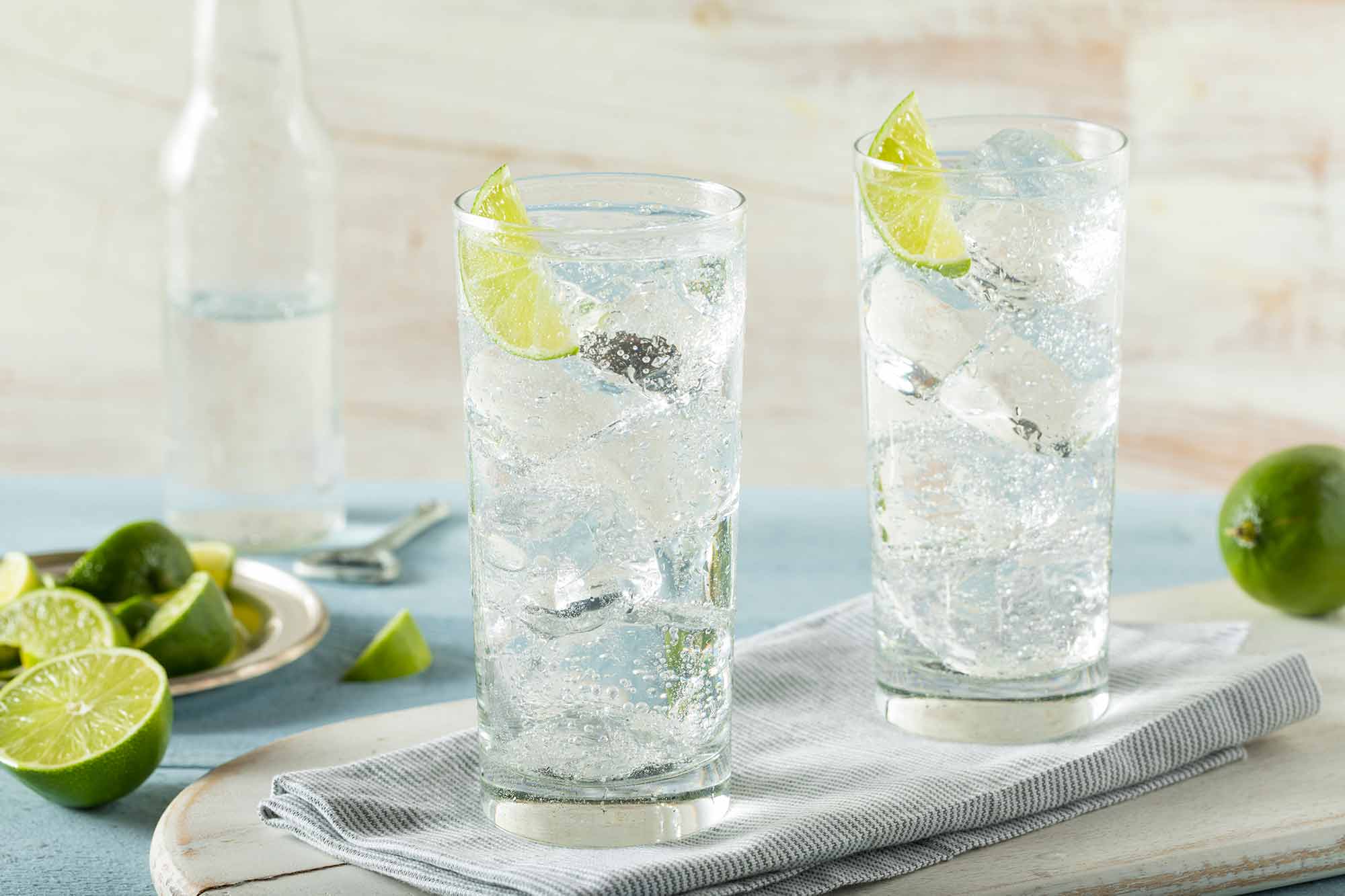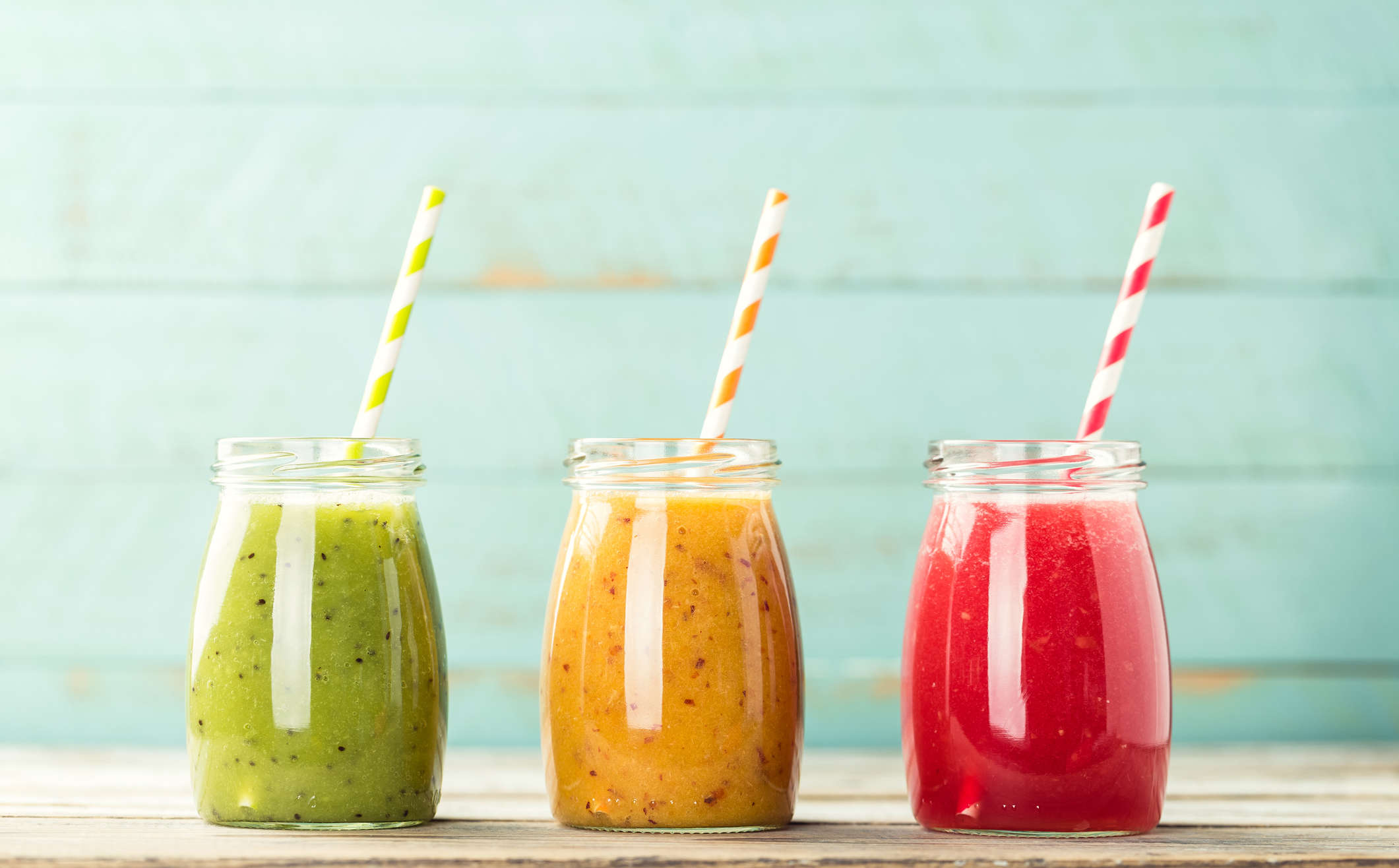Eschewing alcohol for the month of January, aka “Drynuary,” is an increasingly popular way to see what life is like on the sober side.
I won’t even talk about New Year’s resolutions, how we all make them, and mostly break them within days or weeks. But I will talk about another option for those looking to get healthier, wealthier, and maybe even sleep a little better by leaving alcohol on the table, just for one month. You could think of it as a sort of resolution-lite, since you aren’t looking to change anything permanently — you’re just taking sober living out for a test drive to see what it’s like.
While the term given to this growing phenomenon, “Drynuary” — aka “Dry January,” “Dryuary,” and “Janopause” — is about as appealing as the ever-noxious “bleisure” (for trips that blend business and leisure), research from Alcohol Change UK finds that around 4 million in the UK alone are giving an alcohol-free first month of the year a go.
In addition to keeping your beer money in your wallet and those empty calories out of your diet, Alcohol Change UK points to research that says even a month off can make a difference to your health:
“Mehta et al (2018) took medical readings from 94 people before and after a month off alcohol, alongside readings for a control group. Participants were moderate to heavy non-dependent drinkers. They found that the group that abstained from alcohol had improved insulin resistance, lower weight, improved blood pressure and a reduction in cancer-related growth factors compared to the control group.”
Stephanie Vozza, in a Fast Company article about her experience going alcohol-free for a month, also reported that she slept better and more continuously without her nightly wine intake — though it did take a little longer to fall asleep — had more energy during the day, and felt her focus improve.

Though all those open-bar receptions at the Professional Convention Management Association’s Convening Leaders and Meeting Professionals International’s European Meetings and Events Conference may make it challenging for meeting professionals in attendance who choose to go dry for January to stick to their convictions, it also can be interesting to see how it feels to be a non-alcohol imbiber at a boozy event. And most events do tend to go heavy on the pours, since alcohol is a time-tested way to provide the social lubricant needed to loosen up networking events. In fact, according to a Meetings & Conventions survey, 77% of meeting professionals said alcohol is very or somewhat important to the success of their events.
Which is great for the imbibers. But do those who have alcohol addictions and dependencies, or who just don’t enjoy alcohol, feel welcome and included? Are your non-alcoholic offerings as interesting and delicious as what’s offered to those bellying up to the bar, or are the non-drinkers second-class citizens when it comes to the craft beverage menu? If not, Jessie Hawkins of the Mocktail Project gave us some good ideas on how to make meetings feel more inclusive in the beverage department in this post.
If you do decide to take on the Drynuary challenge, I’d love to hear how the experience is for you. What made it harder, and easier, to say no to alcohol? What do you notice in restaurants, bars, and, yes, at PCMA, EMEC, or other meetings and events, that make you feel included or excluded? What can we all do better to help support those who choose, for whatever reason, for however long, to maintain an alcohol-free lifestyle, especially at meetings and events?



